Efficient organization in the kitchen is essential for streamlining meal preparation and ensuring a smooth cooking experience. A well-organized kitchen not only saves time but also reduces stress, enhancing productivity.
In this article, we will explore eight clever strategies that will help you optimize your kitchen space for maximum efficiency. These tips will help you transform your kitchen into a functional and well-organized workspace.
Whether you’re a seasoned chef or a novice cook, incorporating the tips we will share here will revolutionize the way you approach cooking and meal preparation. Let’s dive in and discover how to create a kitchen that works smarter, not harder.
1. Declutter Your Kitchen Space
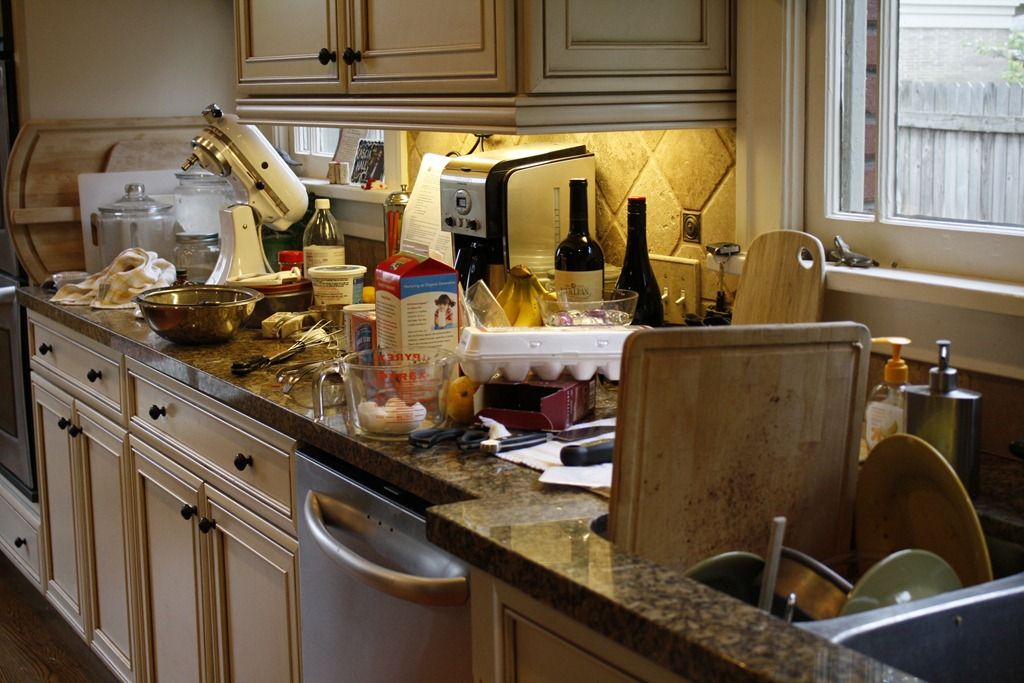
Decluttering your kitchen is the first step to take when you want to organize your kitchen. By removing unnecessary items and embracing a minimalist approach to kitchen tools and appliances, you’ll not only streamline your cooking process but also create a more enjoyable and functional workspace.
Here are a few tips for getting this done:
Assessing and Removing Unnecessary Items
- Begin by taking a thorough inventory of all items in your kitchen, including utensils, cookware, appliances, and pantry items.
- Identify items that are rarely used, duplicates, or no longer needed. Be honest with yourself about what you truly use and what can be donated, recycled, or discarded.
- Consider the functionality and versatility of each item. If you have specialized gadgets that serve only one purpose, evaluate whether they justify the space they occupy.
- Keep in mind that decluttering is not just about getting rid of excess items but also about creating a space that is conducive to efficient cooking and meal preparation.
Implementing a Minimalist Approach to Kitchen Tools and Appliances
- Embrace a minimalist mindset when it comes to stocking your kitchen. Focus on quality over quantity and prioritize multifunctional tools and appliances.
- Invest in high-quality, durable kitchen essentials that serve multiple purposes. For example, a chef’s knife can perform a variety of tasks, from chopping vegetables to slicing meat.
- Consider consolidating appliances by opting for versatile gadgets that can perform multiple functions. For instance, a food processor with various attachments can replace several single-use appliances.
- Store appliances that are used infrequently or seasonally in a designated area to free up counter and cabinet space. This will prevent clutter and make it easier to access the items you use regularly.
2. Utilize Vertical Storage Solutions
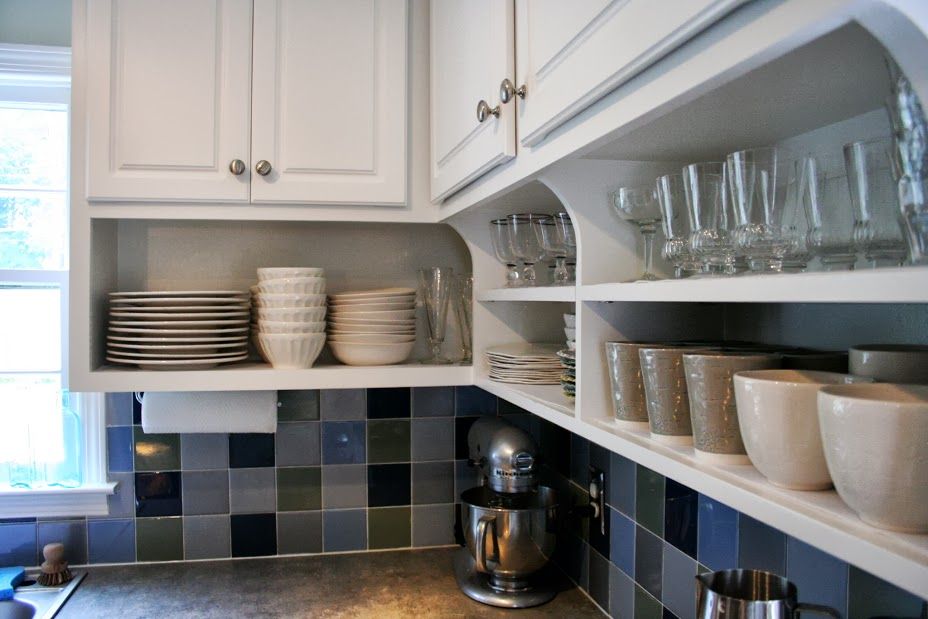
Utilizing vertical storage solutions not only maximizes space in your kitchen but also makes it easier to access and organize essential items for cooking. If properly executed, you can quickly organize your kitchen, creating a functional and efficient workspace that enhances your culinary experience.
Here are some helpful tips:
Install Shelves and Racks for Pots, Pans, and Utensils
- Maximize vertical space in your kitchen by installing shelves or racks on walls or inside cabinets to store pots, pans, and cooking utensils.
- Choose sturdy shelves or racks that can support the weight of your cookware. Consider materials such as metal or wood for durability.
- Arrange your pots and pans according to size, with the most frequently used items within easy reach. Hang utensils on hooks or racks for convenient access while cooking.
- Utilize the space above your stove or kitchen island by installing a hanging pot rack. This not only frees up cabinet space but also adds a decorative touch to your kitchen.
Utilize Wall-Mounted Organizers for Spices and Cooking Oils
- Install wall-mounted organizers or spice racks to keep frequently used spices and cooking oils within arm’s reach.
- Choose organizers with adjustable shelves or baskets to accommodate different-sized spice containers and bottles.
- Arrange spices alphabetically or by category to make it easier to find what you need while cooking.
- Consider magnetic spice jars that can be attached to a metal surface, such as a refrigerator or backsplash, to save even more space.
3. Optimize Cabinet and Drawer Space
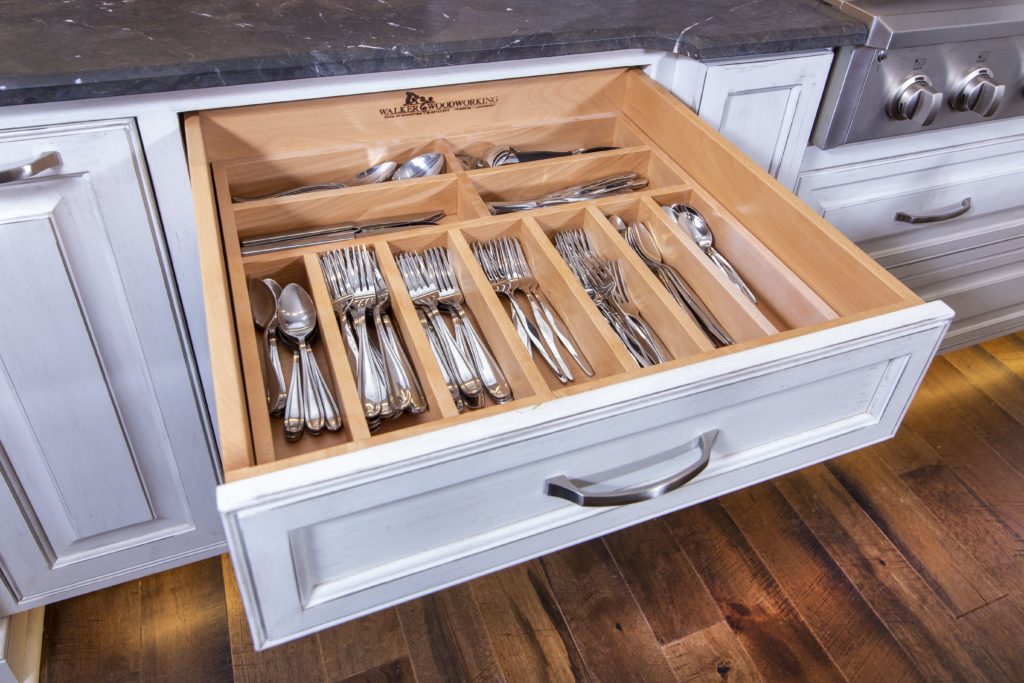
Optimizing cabinet and drawer space is essential for creating an organized and functional kitchen. By efficiently using these spaces, you can efficiently store all your kitchen essentials for easy access. This not only makes meal preparation more convenient but also helps maintain a clutter-free and orderly cooking environment.
Here are some steps that you can take:
Make Use of Drawer Dividers for Cutlery and Utensils
- Invest in drawer dividers or organizers to effectively utilize the space in your kitchen drawers.
- Separate cutlery, such as knives, forks, and spoons, into designated compartments to prevent them from becoming jumbled together.
- Choose adjustable dividers that can accommodate different sizes of utensils and adapt to your specific storage needs.
- Consider using shallow trays or organizers for smaller items like measuring spoons and kitchen gadgets to prevent them from getting lost in larger drawers.
Use Stackable Shelves and Organizers to Maximize Cabinet Space
- Make the most of your cabinet space by using stackable kitchen shelves or organizers to create additional storage tiers.
- Stack pots, pans, and bakeware on top of each other to maximize vertical space and make items easier to access.
- Utilize tiered organizers for plates, bowls, and mugs to create more shelf space and prevent items from stacking too closely together.
- Consider using adjustable shelving units that can be customized to fit the height of your cabinets and accommodate different-sized items.
4. Organize Your Kitchen by Creating Task Zones
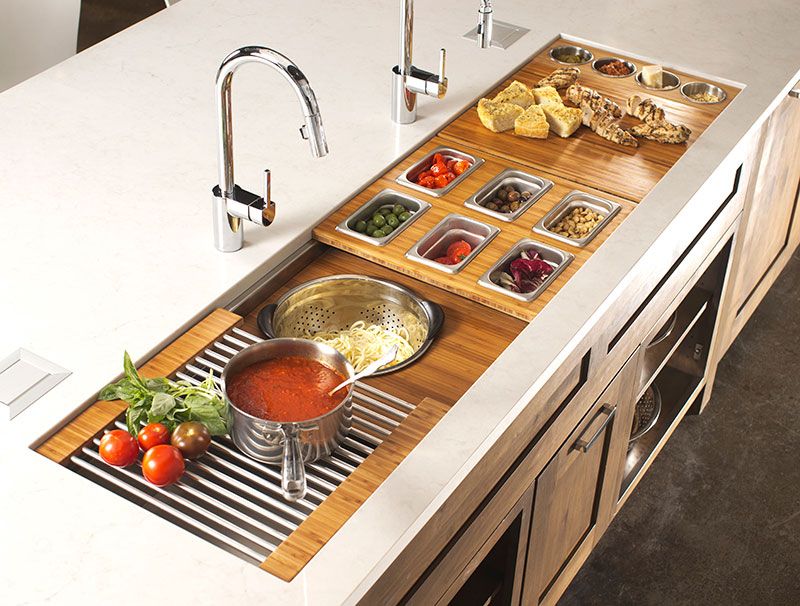
Creating zones for different tasks in your kitchen helps streamline the cooking process and enhances efficiency. This will allow you to move seamlessly between tasks, ensuring that everything you need is readily accessible when preparing meals. You will be hard-pressed to find a simpler way to organize your kitchen than this.
You can get started with these steps:
Designating Specific Areas for Food Prep, Cooking, and Cleaning
- Divide your kitchen into distinct zones based on different tasks, such as food preparation, cooking, and cleaning.
- Identify the primary activities that take place in each zone and arrange your kitchen layout accordingly.
- Place food preparation zones near countertops or islands with easy access to sinks for washing and chopping ingredients.
- Position cooking zones near stovetops or ranges, with nearby storage for pots, pans, and cooking utensils.
- Designate cleaning zones near sinks or dishwashers, with storage for cleaning supplies and garbage bins within reach.
Organizing Kitchen Tools and Ingredients Based on Frequency of Use
- Arrange kitchen tools and ingredients within each zone based on their frequency of use.
- Keep frequently used items, such as knives, cutting boards, and cooking oils, within easy reach of the food preparation zone.
- Store commonly used pots, pans, and cooking utensils near the cooking zone for quick access while cooking.
- Place less frequently used items, such as specialty appliances or seasonal ingredients, in storage areas further away from the main work zones.
5. Make Use of Multi-Functional and Clear Storage Containers with Labels
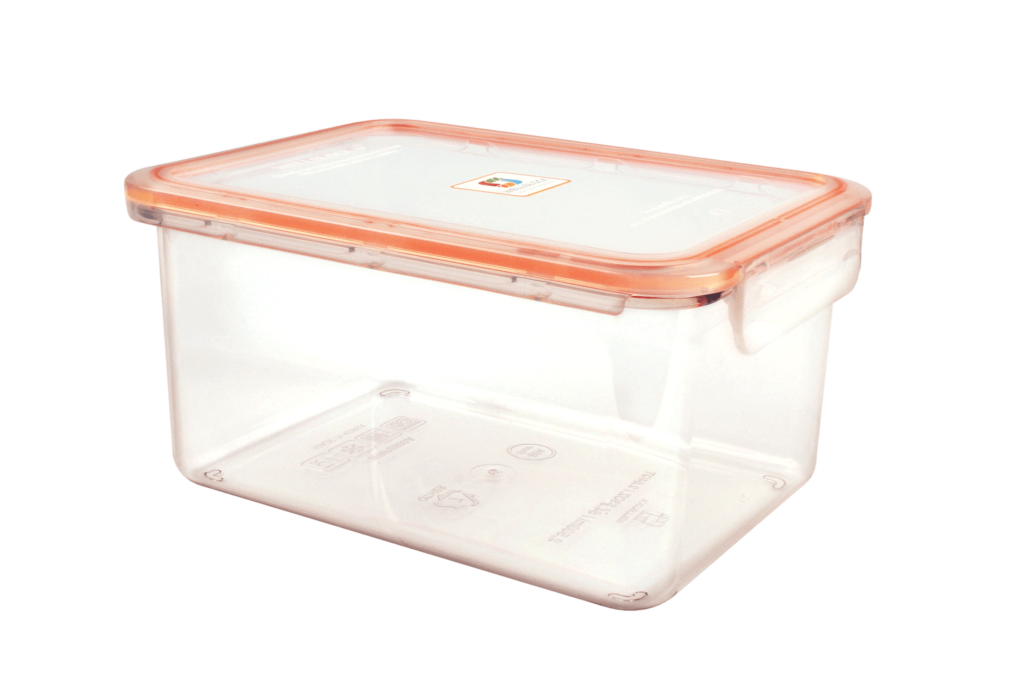
Making use of multi-functional and clear storage containers with labels enhances organization and accessibility in your kitchen. These storage solutions not only optimize pantry and cabinet space but also help maintain freshness and usability of stored ingredients.
To further organize your kitchen with this tip, take these steps:
Store Dry Goods in Transparent Containers for Easy Identification
- Transfer dry goods such as rice, pasta, flour, and grains from their original packaging into transparent storage containers.
- Clear containers allow you to easily see the contents at a glance, making it simple to identify what you need without rummaging through multiple packages.
- Choose airtight containers to keep dry goods fresh and prevent pests from infiltrating your pantry.
- Opt for containers with wide mouths or easy-open lids for convenient pouring and scooping of ingredients.
Choose Containers that Can Be Stacked or Nested to Save Space
- Maximize storage space in your pantry or cabinets by selecting containers that can be stacked or nested when not in use.
- Look for containers with uniform shapes and sizes that can be easily stacked on top of each other without wasting space.
- Consider collapsible containers or nesting sets that can be compactly stored when empty to free up valuable shelf space.
- Choose containers with modular designs that allow you to mix and match sizes to customize your storage solutions according to your needs.
Label Containers to Maintain Organization and Accessibility
- Label each storage container with the name of its contents using a permanent marker, label maker, or adhesive labels.
- Clearly labeled containers make it easy to locate specific ingredients quickly, especially when you have a large collection of similar-looking items.
- Include additional information on labels, such as expiration dates or cooking instructions, to ensure proper usage of stored ingredients.
- Regularly review and update labels as needed to reflect any changes in contents or expiration dates.
6. Make Use of Underutilized Spaces
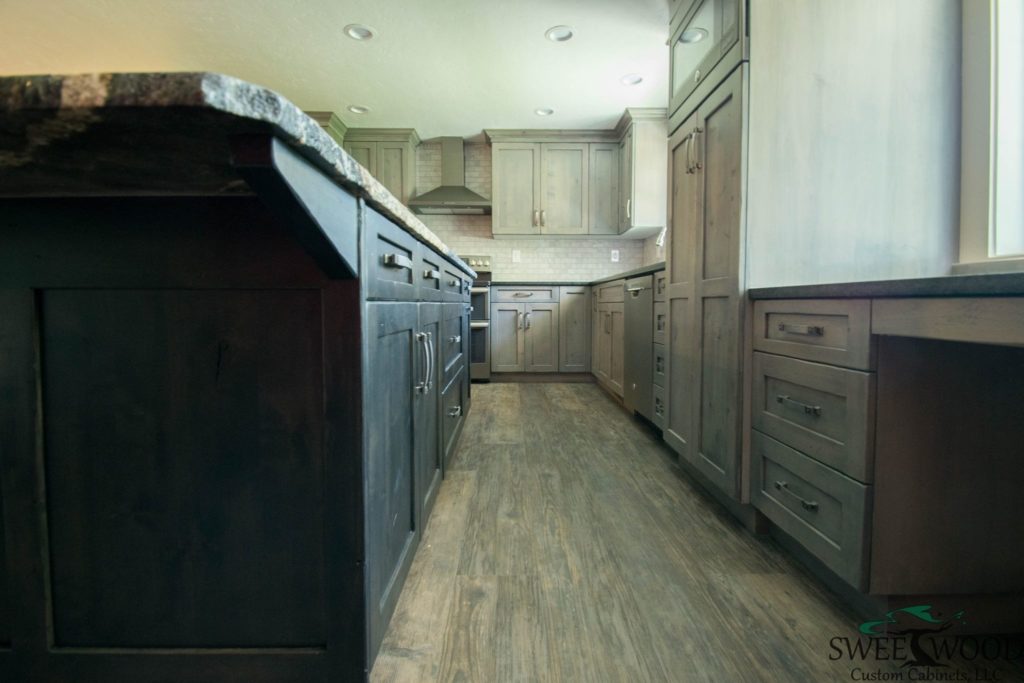
Underutilized spaces like the back of cabinet doors offer valuable storage opportunities to help organize your kitchen. With some creative tweaking, these spaces can be put to good use and help declutter countertops and cabinets. With this, you can easily organize your kitchen, creating a more organized and functional cooking environment.
Here are a few suggestions on getting this done:
Install Hooks or Racks on the Back of Cabinet Doors for Additional Storage
- Maximize the often overlooked space on the back of cabinet doors by installing hooks or racks.
- Utilize adhesive hooks or screw-mounted racks to securely attach storage solutions to cabinet doors without damaging them.
- Hang lightweight items such as measuring cups, spoons, oven mitts, and kitchen towels on hooks for easy access.
- Use racks with multiple tiers to store items like cutting boards, pot lids, or small kitchen gadgets vertically, optimizing space.
- Consider magnetic racks for storing knives or metal spice containers, providing convenient access while keeping countertops clear.
- Regularly assess the contents of these door-mounted storage solutions to ensure they remain organized and clutter-free.
7. Keep Countertops Clear
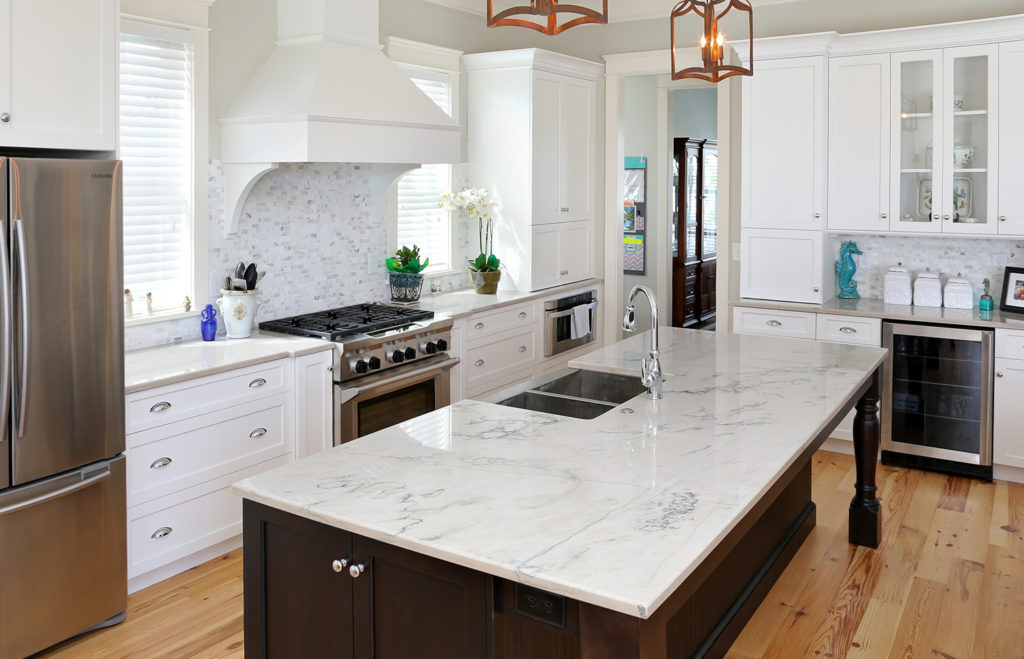
Keeping countertops clear of clutter not only makes your kitchen look more spacious and inviting but also enhances efficiency during meal preparation. There’s always a temptation to clutter this surface but keeping it clear will make cleaning easier and also prevent the accumulation of dirt and grime, promoting a hygienic kitchen space.
To effectively organize your kitchen, this is an essential requirement. The following steps will help you achieve this:
Store Frequently Used Items in Accessible but Organized Ways
- Identify the items you use most frequently during meal preparation and cooking, such as cutting boards, knives, cooking utensils, and commonly used spices.
- Designate a specific area of your countertop, ideally near your primary workspace or stove, for storing these essential items.
- Utilize countertop organizers, such as utensil crocks, spice racks, or knife blocks, to keep frequently used items organized and within easy reach.
- Group similar items together to create designated zones on your countertop, making it easier to locate what you need while cooking.
- Consider investing in countertop appliances that you use regularly, such as a coffee maker, toaster, or blender, but be mindful of clutter and only keep out those you use daily.
Utilize Vertical Storage Solutions to Keep Countertops Clutter-Free
- Maximize vertical space on your countertops by installing wall-mounted shelves, racks, or hooks.
- Use these vertical storage solutions to store items that you don’t use daily but still need easy access to, such as cookbooks, decorative jars, or small kitchen appliances.
- Choose shelves or racks that complement your kitchen decor and provide additional storage without overwhelming the space.
- Arrange items on these shelves or racks in an aesthetically pleasing manner, keeping in mind both functionality and visual appeal.
8. Regular Maintenance and Review

Regular maintenance and review of your kitchen organization systems are essential for keeping your space efficient, functional, and enjoyable to use. This can be easily achieved with the following steps:
Establish a Routine for Cleaning and Organizing the Kitchen
- Set aside dedicated time each week to clean and organize your kitchen, ensuring that it remains a functional and pleasant space to work in.
- Develop a cleaning routine that includes tasks such as wiping down countertops, sanitizing surfaces, cleaning appliances, and sweeping or mopping the floors.
- Regularly declutter and organize cabinets, drawers, and pantry shelves to maintain order and prevent the accumulation of unnecessary items.
- Consider breaking down larger cleaning tasks into smaller, more manageable steps to make the process less daunting and more manageable.
- Involve other members of your household in the cleaning and organizing process to share the workload and instill a sense of responsibility for maintaining the kitchen space.
The steps above will help you organize your kitchen a lot more easily.
Periodically Reassess and Adjust Organizational Systems Based on Changing Needs
- Regularly evaluate the effectiveness of your current organization systems and identify any areas that may need improvement or adjustment.
- Consider factors such as changes in cooking habits, the addition of new kitchen gadgets or appliances, or the introduction of dietary restrictions that may impact your storage needs.
- Reassess the layout of your kitchen and make adjustments as necessary to better accommodate your evolving needs and preferences.
- Experiment with different organization solutions, such as rearranging storage containers, investing in new organizers, or repurposing existing items to better suit your requirements.
- Stay open to feedback from family members or household members regarding the functionality and usability of the kitchen space, and be willing to make changes accordingly.
Conclusion
Implementing these 8 simple ways to organize your kitchen can significantly enhance efficiency and enjoyment in your cooking space. From decluttering and utilizing vertical storage to establishing zones and regular maintenance, each strategy contributes to a more functional and streamlined kitchen.
These tips will help you not only save time and reduce stress but also create a welcoming environment where cooking becomes a pleasure. Take the first step today and begin to organize your kitchen better. Do this and experience the transformative benefits it can bring to your culinary adventures.













